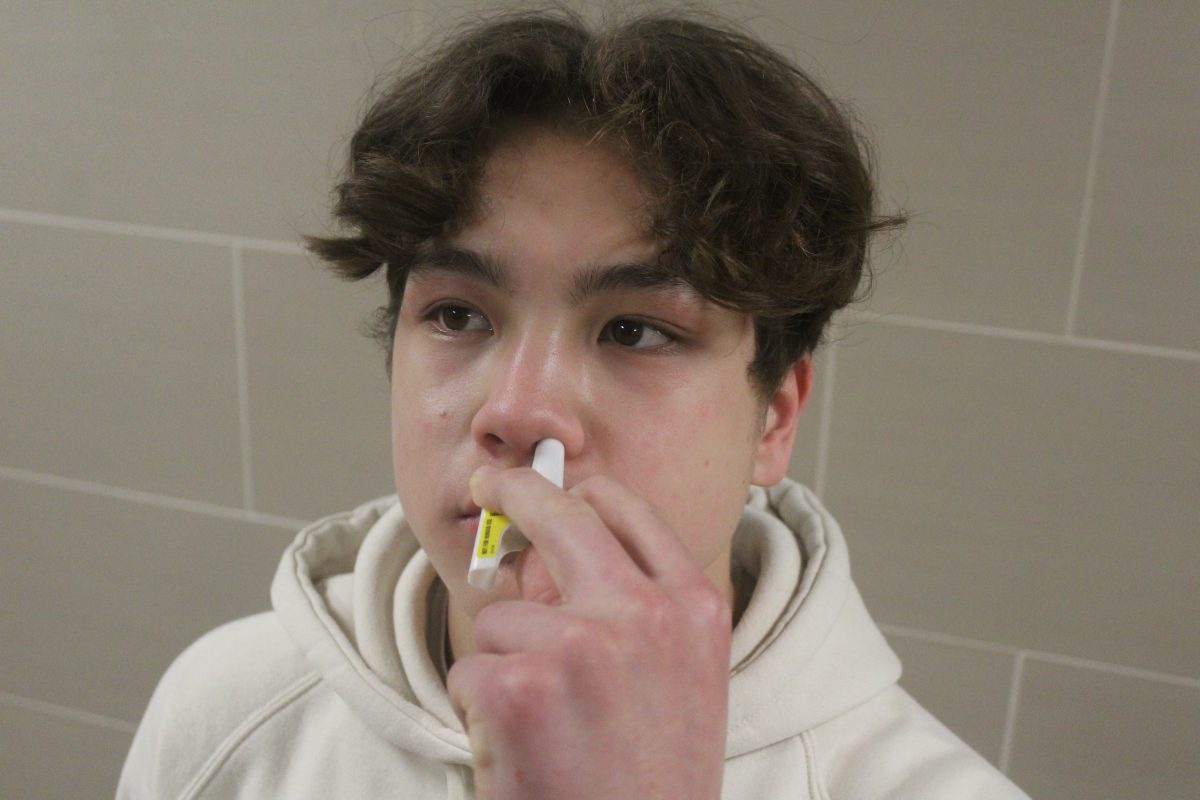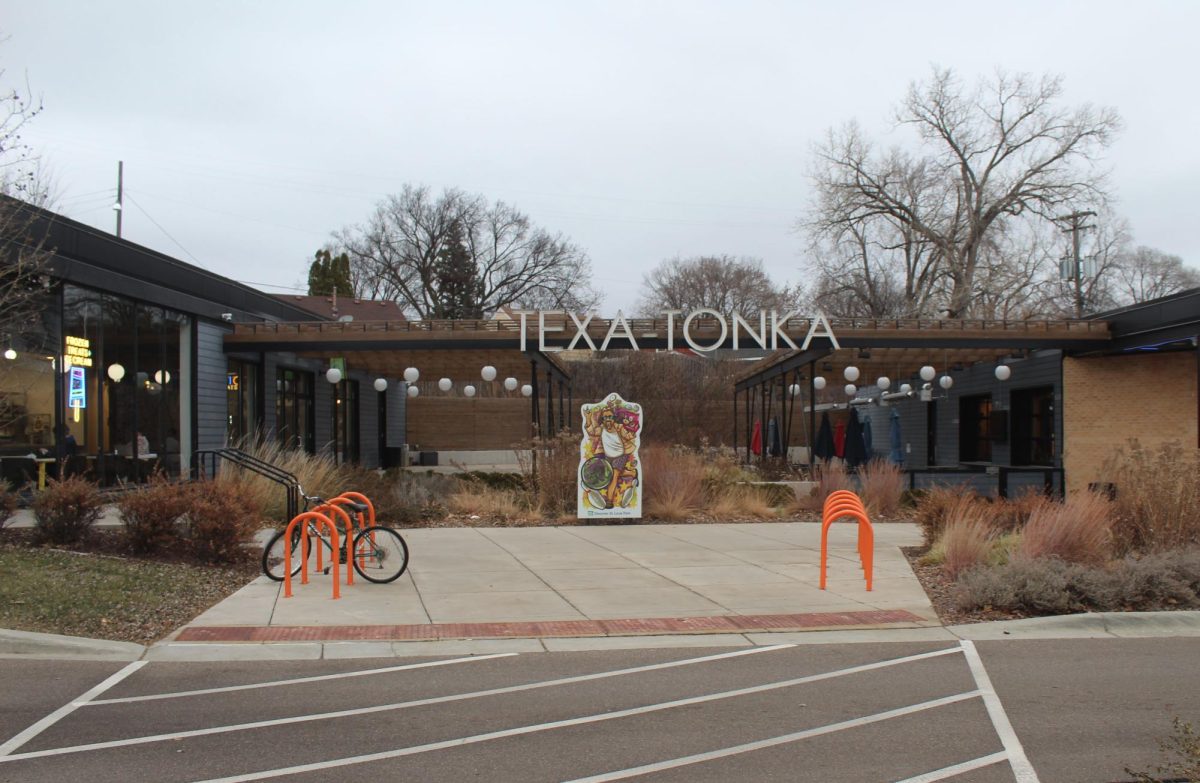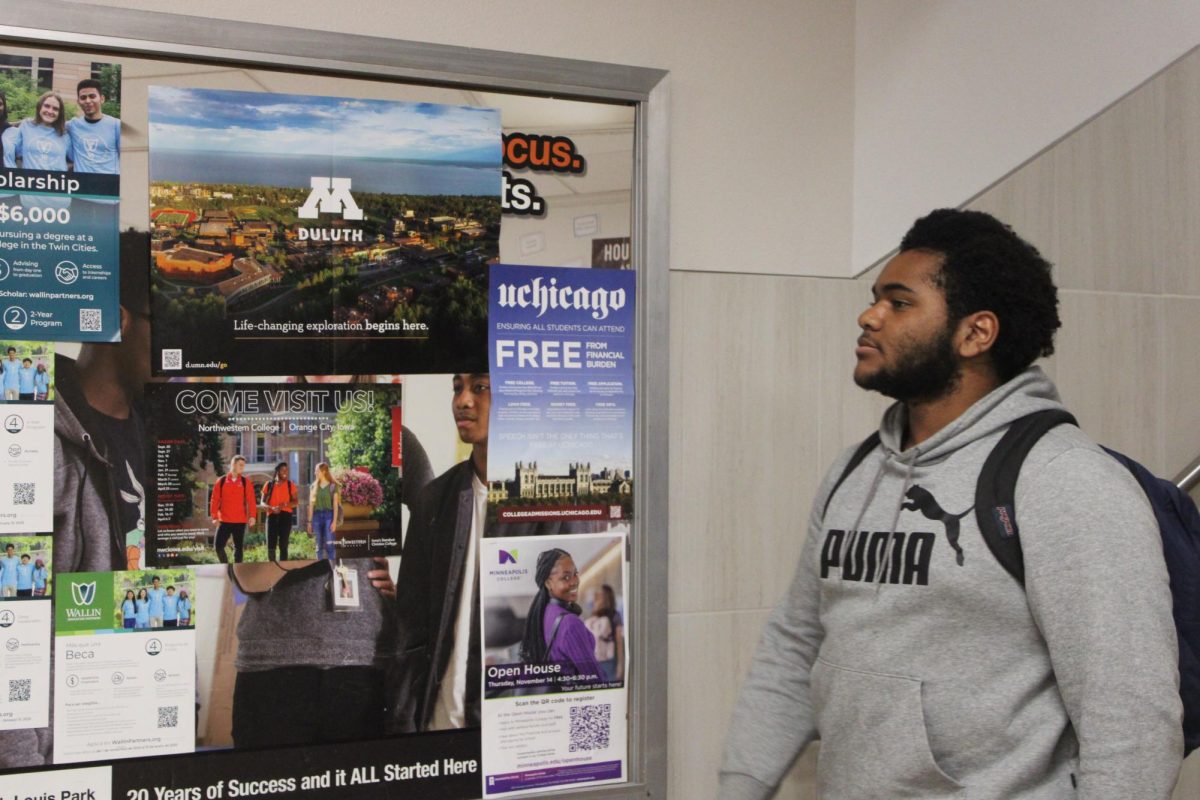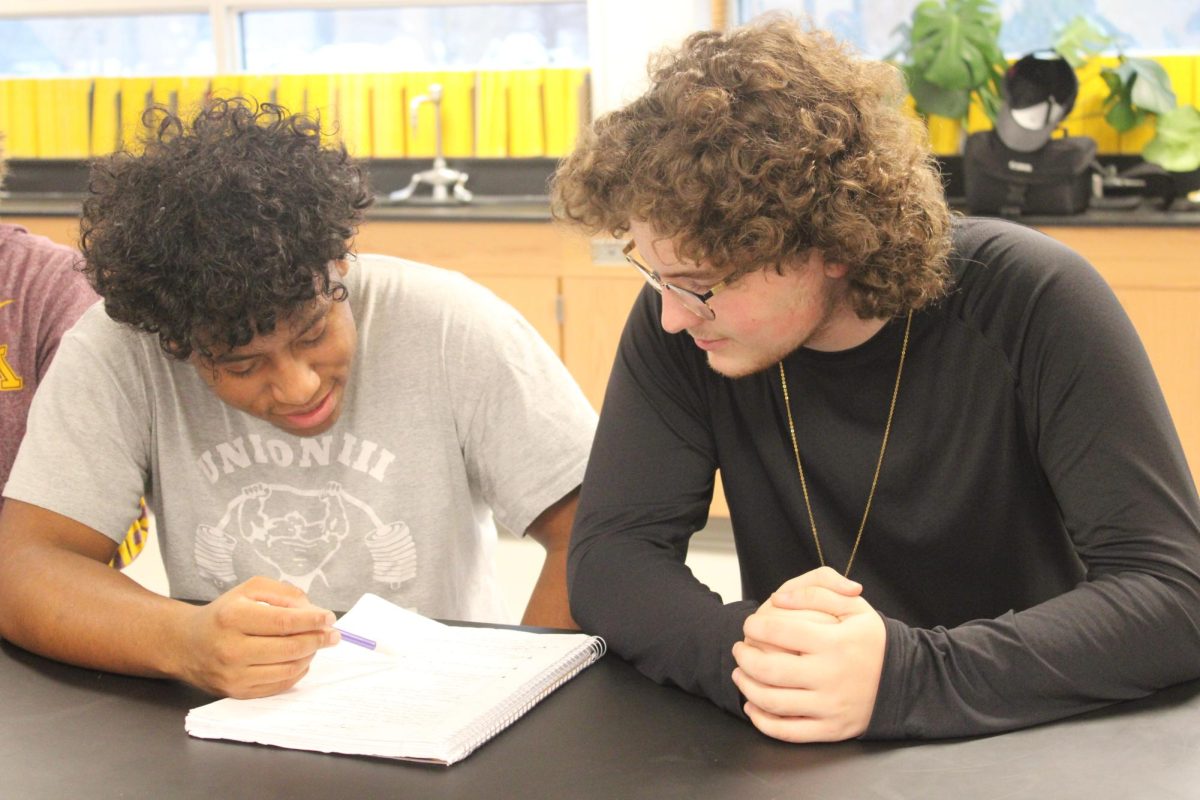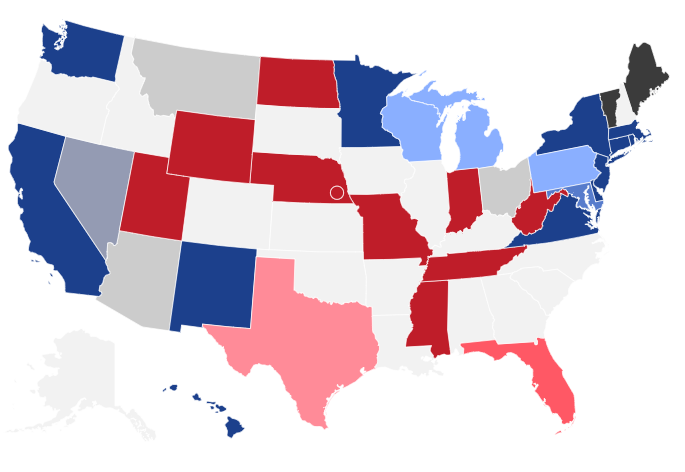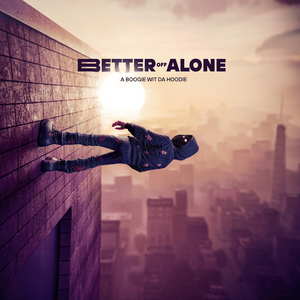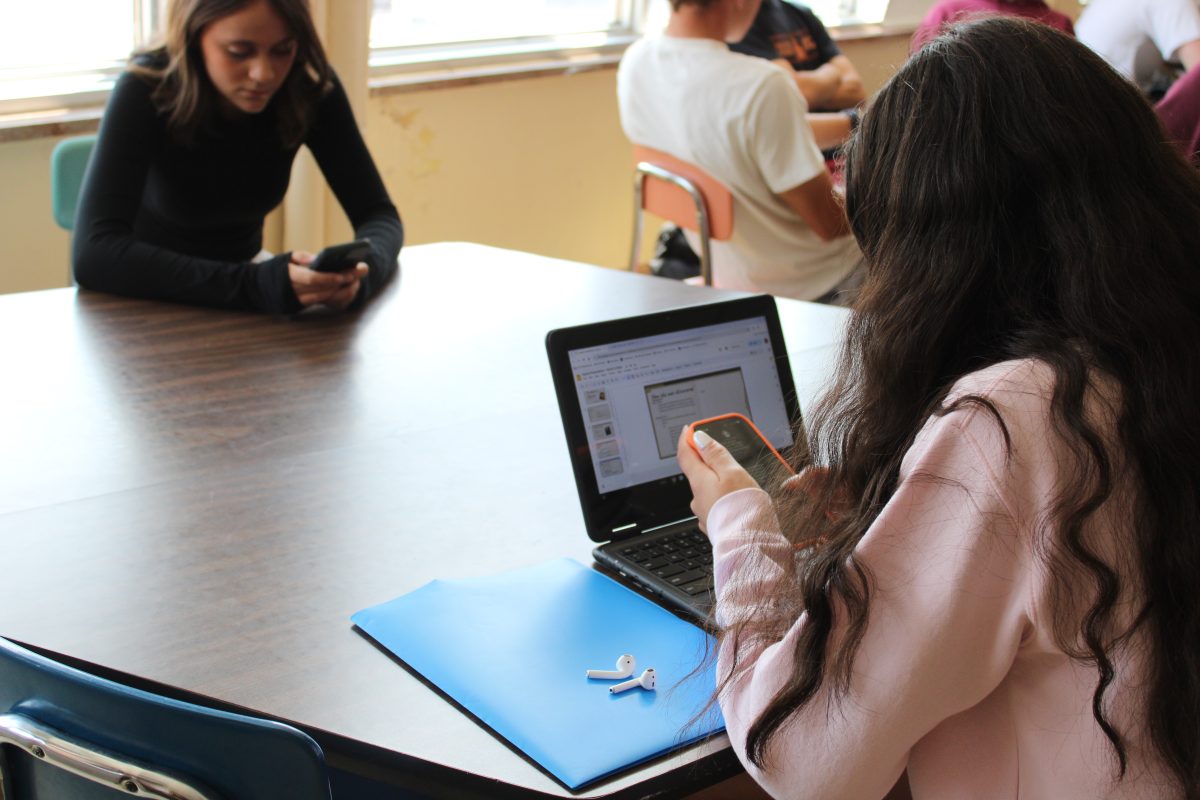In the nurse’s office, a small plastic bag holds the key to reversing an opioid overdose. Naloxone, commonly known as Narcan, can be administered to reverse the effects of an opioid overdose and save someone’s life. Health teacher Kayla Ross said she teaches students how to use it.
“We include a Narcan lesson in our first-aid unit,” Ross said. “We explain what Narcan is and what it does when it goes onto the nerve receptors, and we teach students how to administer it.”
Junior Izzy Schneider took the class last year. She said she learned the basics of how the drug works and that she still remembers how to use it.
“We learned it was emergency recovery for opioid overdose and that there’s no side effects if someone doesn’t need it,” Schneider said. “You put it in your nostril, and you push it. Then, you wait and do the other side.”
Junior Greta Beebe said while she hasn’t witnessed hardcore drug use at Park, she knows that some people use marijuana and other drugs at school.
“I’m not seeing hardcore drugs at school, but I know it’s going on,” Beebe said. “I’m seeing people that are definitely on more than just marjuana.”
According to Ross, this is why teaching about Narcan is important — even marijuana can be dangerous. If someone falls victim to an overdose from a laced product, which is increasingly common due to the rise of fentanyl, students who don’t know how to use Narcan will be unable to help.
“When I ask them about Narcan before teaching it, they don’t know what it is, where it is or that it’s how you reverse an overdose,” Ross said. “A lot of people have heard of fentanyl, but they don’t understand how potent it is or how often things are laced with it. Even marijuana can have fentanyl.”
Beebe said she doesn’t think the school is able to stop student drug use, so educating students about Narcan is important to keep students safe in an emergency.
“I don’t think there’s anything else we can do about (drug use),” Beebe said. “All you can do is teach (about it) in classes like health. (It is important to) teach about Narcan and how to use it and have that be required for everyone.”
According to Schneider, while she knows how to administer Narcan, she doesn’t know where it is on campus or if Park carries it at all.
“I don’t know if (Park) has it,” Schneider said. “I feel like there’s probably one in the health room for teaching purposes.”
When asked, no one interviewed for this story knew whether or not Park carries the drug. It does — there’s Narcan in the nurse’s office for emergencies, but Ross said she hasn’t taught this to her students in the past. Instead, she said her curriculum includes where to find Narcan outside of school.
“We tell them they can go to a pharmacist or a doctor to get it. It’s pretty easily accessible,” Ross said. “I need to talk to the school nurse to be more well-versed on where it is. I do think where Narcan is carried at school should be talked about more.”
According to Beebe, she’s glad she knows about Narcan. It’s a life saving drug, she said, and if there’s an emergency, having people know what Narcan is and how to use it is the first step to saving someone.
“If somebody is overdosing and (they’re) going to die, would you rather have them die?” Beebe said. “If you have Narcan and know how to use it, you can most likely save them. There’s two options, either you straight up die or you have a big chance of surviving.”



